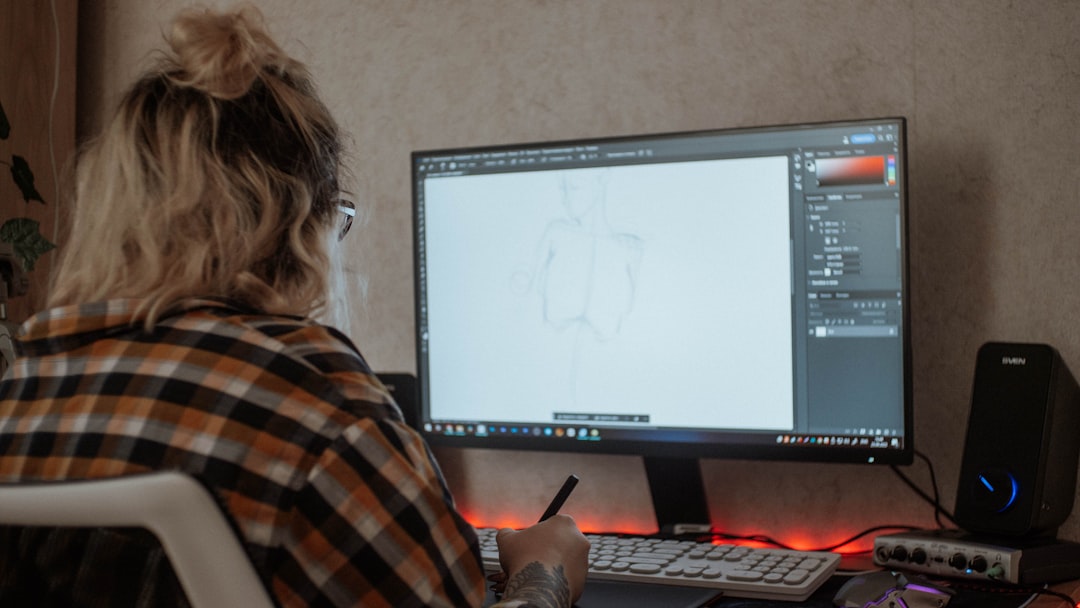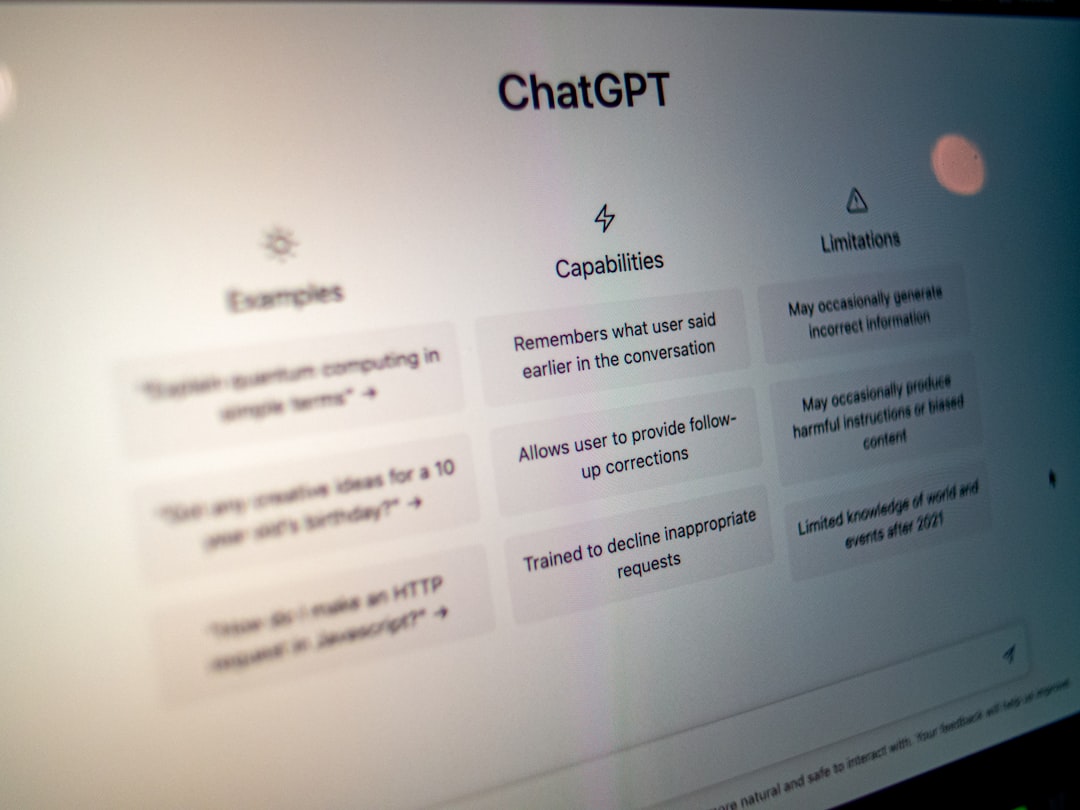Receiving a violation notice from Pinterest can be confusing, especially if you’re unsure of what you did wrong. Whether you’re using Pinterest for personal inspiration, business promotion, or content sharing, understanding why these violations occur is crucial to maintaining a good standing on the platform. In this article, we’ll explore the common reasons users receive violation notices on Pinterest, how to avoid them, and what you can do if you’ve received one.
TL;DR
Violation notices on Pinterest usually relate to content that goes against the platform’s Community Guidelines or spam policies. This could include posting misleading content, using copyrighted material without permission, or engaging in aggressive promotion tactics. Always review the guidelines before uploading or pinning content. If you’ve received a notice, you can appeal or edit the content to comply with the rules.
Understanding Pinterest’s Community Guidelines
Pinterest is a visual discovery engine focused on positivity, creativity, and inspiration. To protect this environment, the platform enforces a set of Community Guidelines that outline do’s and don’ts for user behavior and content. Violation of these rules can lead to action against your pins, boards, or even your account—including temporary or permanent suspension.
These guidelines cover several categories, such as:
- Intellectual property rights
- Hateful or abusive content
- Spammy behavior
- Graphic or sexual content
- Misinformation or harmful health claims
Understanding what counts as a violation is the first step in preventing future notices.
Top Reasons for Receiving a Violation Notice
1. Using Copyrighted or Stolen Content
This is one of the most common reasons people receive a violation. If you’re pinning images, designs, or content that you don’t own—or didn’t receive permission to use—you could be infringing on someone’s copyright.
Many people assume that everything on the internet is free to use, but that’s simply not true. Pinterest relies on its users to respect the rights of creators and artists.
2. Violating Pinterest’s Spam Policy
Pinterest defines spam as behavior that is “artificial, deceptive, or manipulative.” This could include:
- Repetitively saving the same pin to multiple boards
- Using deceptive tactics to get clicks or follows
- Overusing hashtags or irrelevant keywords
If Pinterest’s algorithm identifies your activity as spammy, you might face restrictions or even have pins removed.

3. Posting Inappropriate or Harmful Content
Pinterest has a zero-tolerance policy for explicit sexual content, hate speech, graphic violence, or anything considered threatening. This includes not only images but also the descriptions and linked content of your pins. Promoting self-harm, disordered eating habits, or misinformation about sensitive topics like vaccines or politics is also prohibited.
For example, if you post a pin about a “quick weight loss hack” featuring extreme dieting tips, that could be flagged as harmful health misinformation.
4. Misinformation and Deceptive Practices
In recent years, Pinterest has increased its efforts to minimize the spread of misinformation, particularly in areas such as health, politics, and safety. If your content includes unverified claims or misleading headlines, it could be at risk. Pinterest works with fact-checkers and uses automated systems to flag such content.
5. Profile or Board Names Violating Guidelines
Sometimes, it’s not even a pin that causes the problem—it could be the name of your board or your profile description. Using suggestive language, excessive emojis meant to deceive, or words that violate Pinterest’s decency policies can also trigger a violation.

What Happens When You Get a Violation?
When Pinterest detects a violation, it usually takes the following steps:
- Warning or Email: You may receive an email or an in-app notification describing the violation and stating the action taken.
- Content Removal: The violating pin or board is removed automatically.
- Account Restrictions: If the violations are recurrent or severe, Pinterest may restrict your ability to pin, comment, or message others.
- Permanent Ban: In extremely severe cases, your account may be suspended permanently.
It’s important to read the message thoroughly. Pinterest usually includes specific information or links to understand the rule that was violated.
Steps to Take If You’ve Received a Violation Notice
1. Review the Notice Carefully
Your first step should always be to read the notice in full. Note the type of violation and identify which piece of content caused the issue. This context will help you avoid making the same mistake again.
2. Remove or Edit Content
If possible, delete the content or edit it to bring it back in line with Pinterest’s standards. For image-related violations, consider using royalty-free stock photos from sources like Unsplash, Pexels, or Canva.
3. Appeal the Decision
Pinterest allows users to request a review if they believe the violation notice was given in error. The link for an appeal is typically included in the notice itself. Provide as much detail as possible to support your case.
4. Re-Evaluate Your Content Strategy
If you’re regularly using Pinterest for business or content distribution, it may be time to re-evaluate your strategy. Staying updated with the latest community standards and platform guidelines is crucial.
How to Avoid Future Violations
To maintain a healthy presence on Pinterest, consider these best practices:
- Stay Updated: Review Pinterest’s Community Guidelines regularly.
- Use Legitimate Sources: Always give credit to creators and use images you have rights to share.
- Place Quality Over Quantity: Don’t flood Pinterest with repetitive or low-value pins just to gain visibility.
- Be Transparent: Ensure your descriptions, links, and intentions are clear and honest.
- Use Trusted Tools: If you’re automating pins, use Pinterest-approved scheduling tools like Tailwind.
Common Myths About Pinterest Violations
Myth 1: “Everyone uses popular images, so I can too.”
Even if others do it, using copyrighted material without permission is never safe. Platforms are cracking down more than ever.
Myth 2: “I was just linking to my own website, so I can’t be spamming.”
Even self-promotion can be seen as spam if it’s aggressive or irrelevant to the audience.
Myth 3: “My pin was taken down, so I’m banned forever.”
Getting one or two violation notices doesn’t mean you’re permanently banned. You often get a warning and the opportunity to correct the issue.
Final Thoughts
Getting a violation notice on Pinterest can be alarming, but it’s often a learning opportunity. By taking the time to understand what went wrong and implementing better practices, you can continue to thrive on the platform without further issues. Whether you’re an entrepreneur promoting products or a hobbyist sharing inspiration boards, maintaining trust and authenticity is key to long-term success on Pinterest.
Always remember: Pinterest is designed to be a positive space. If your content and actions align with that goal, you’ll not only avoid violations—you’ll also build a more engaged and appreciative audience.
